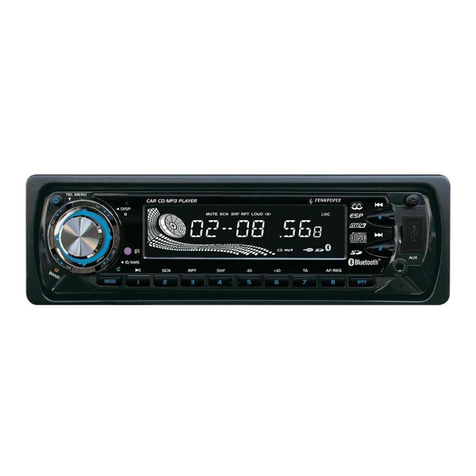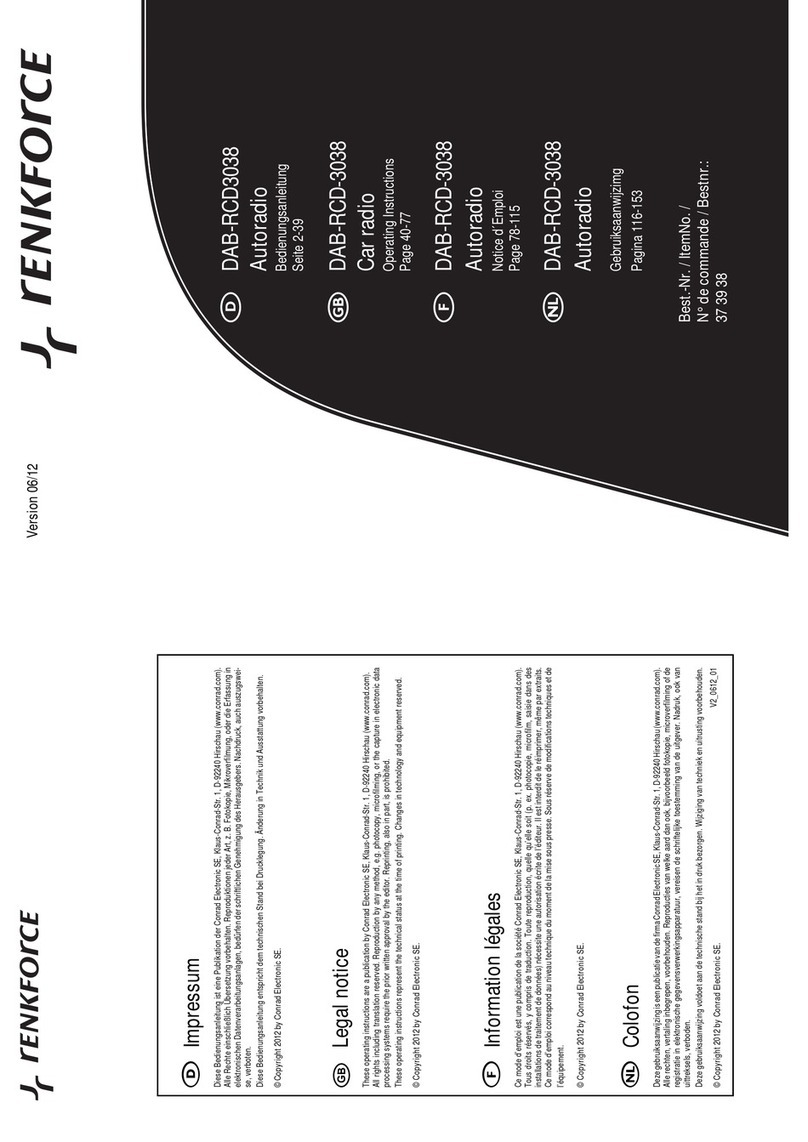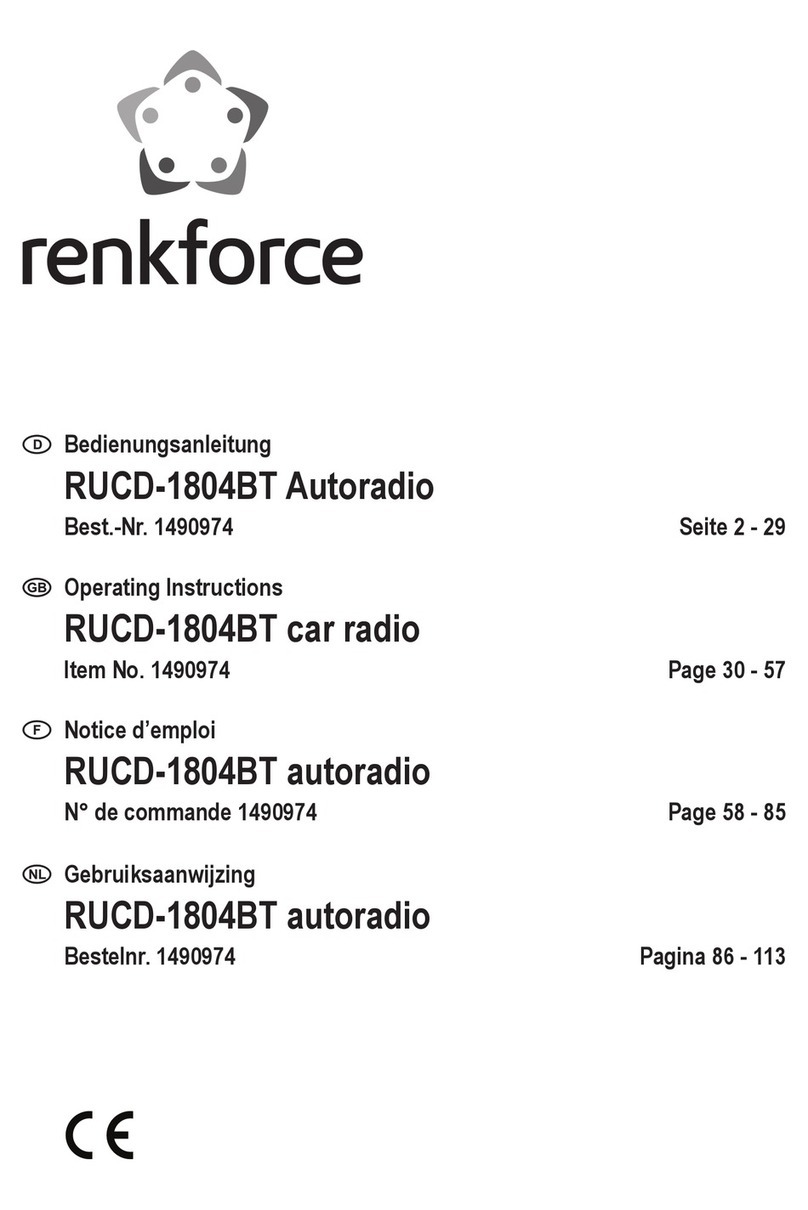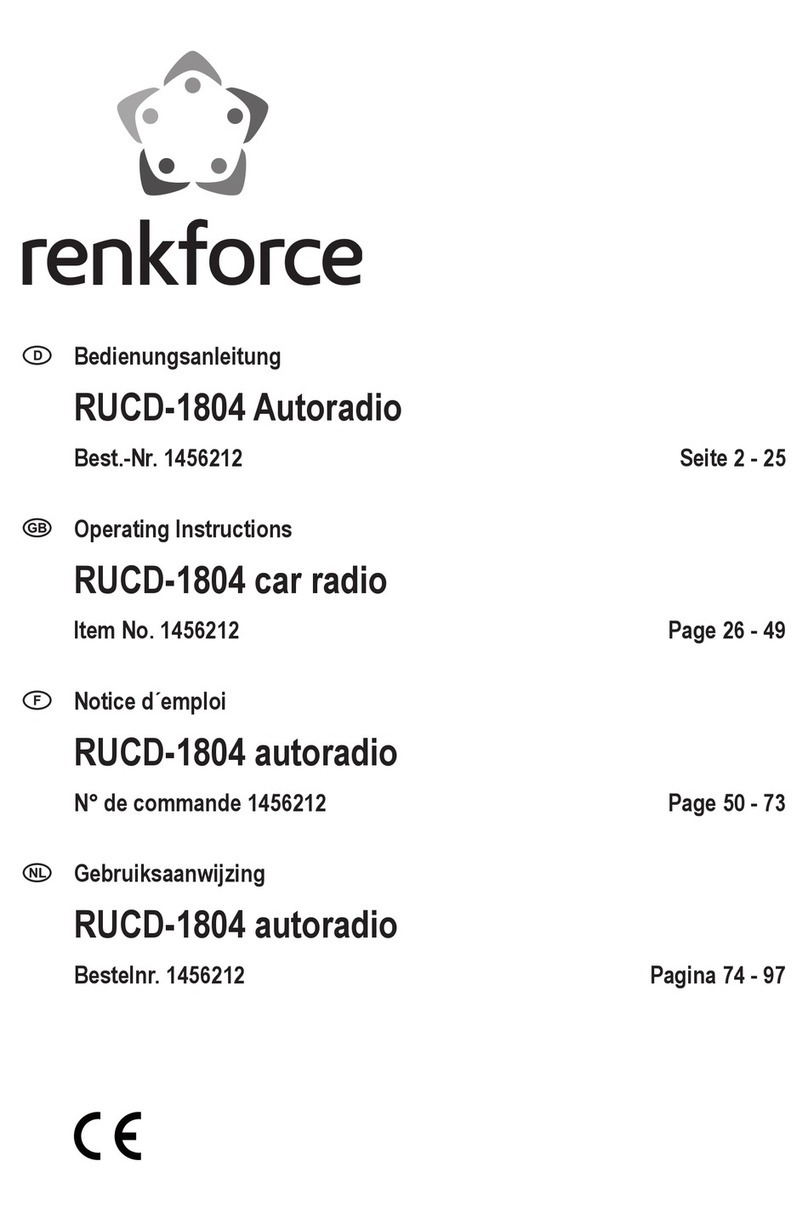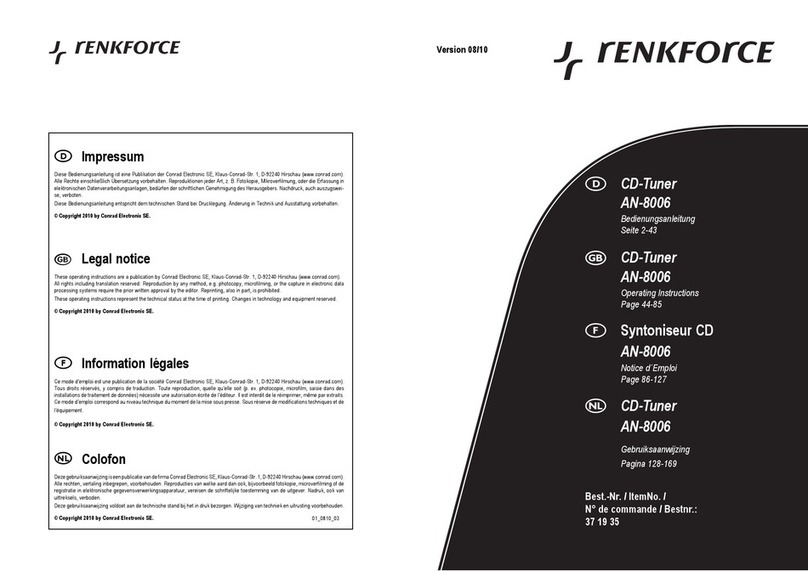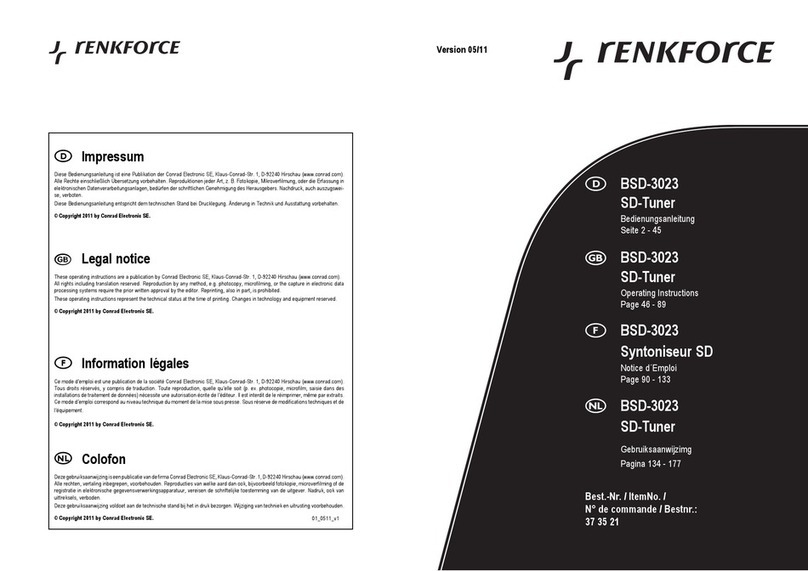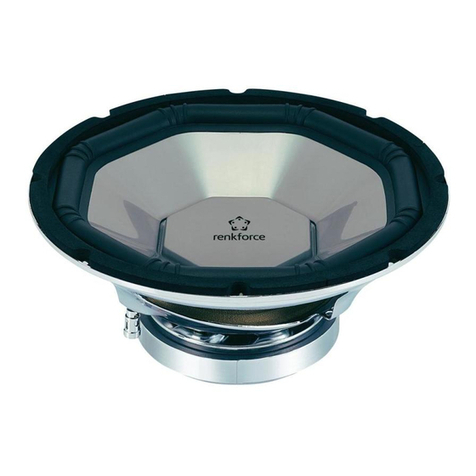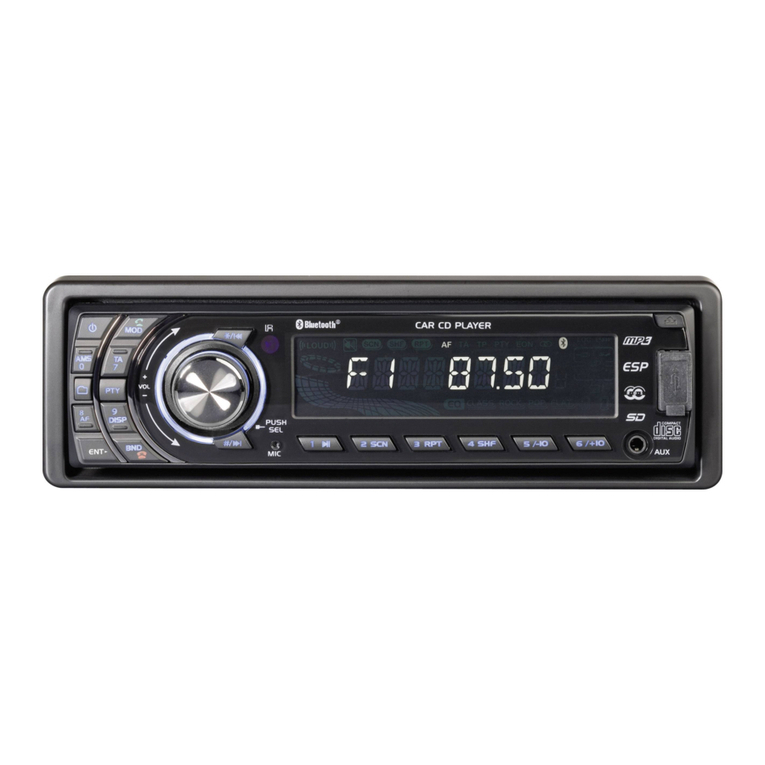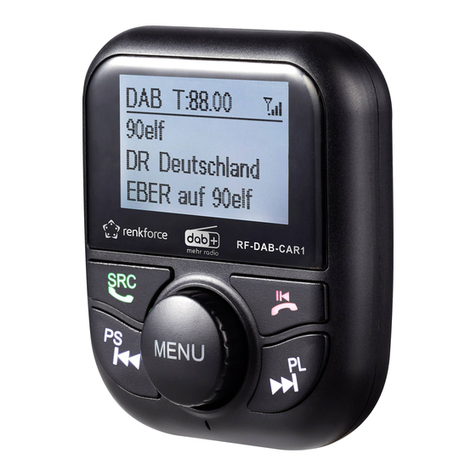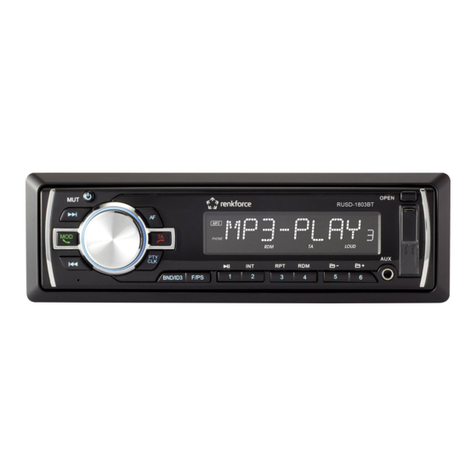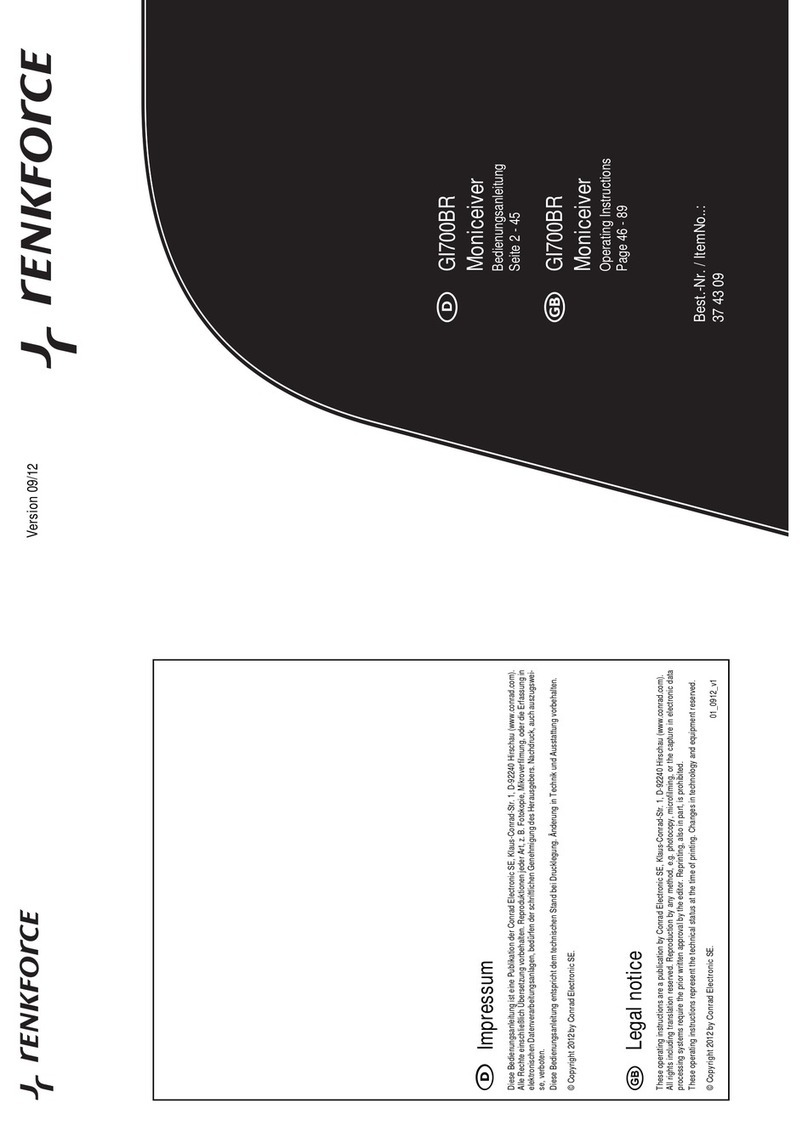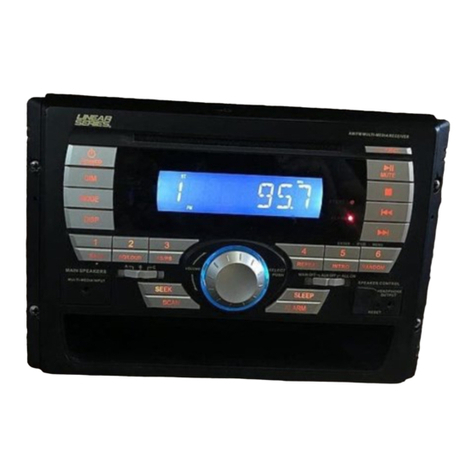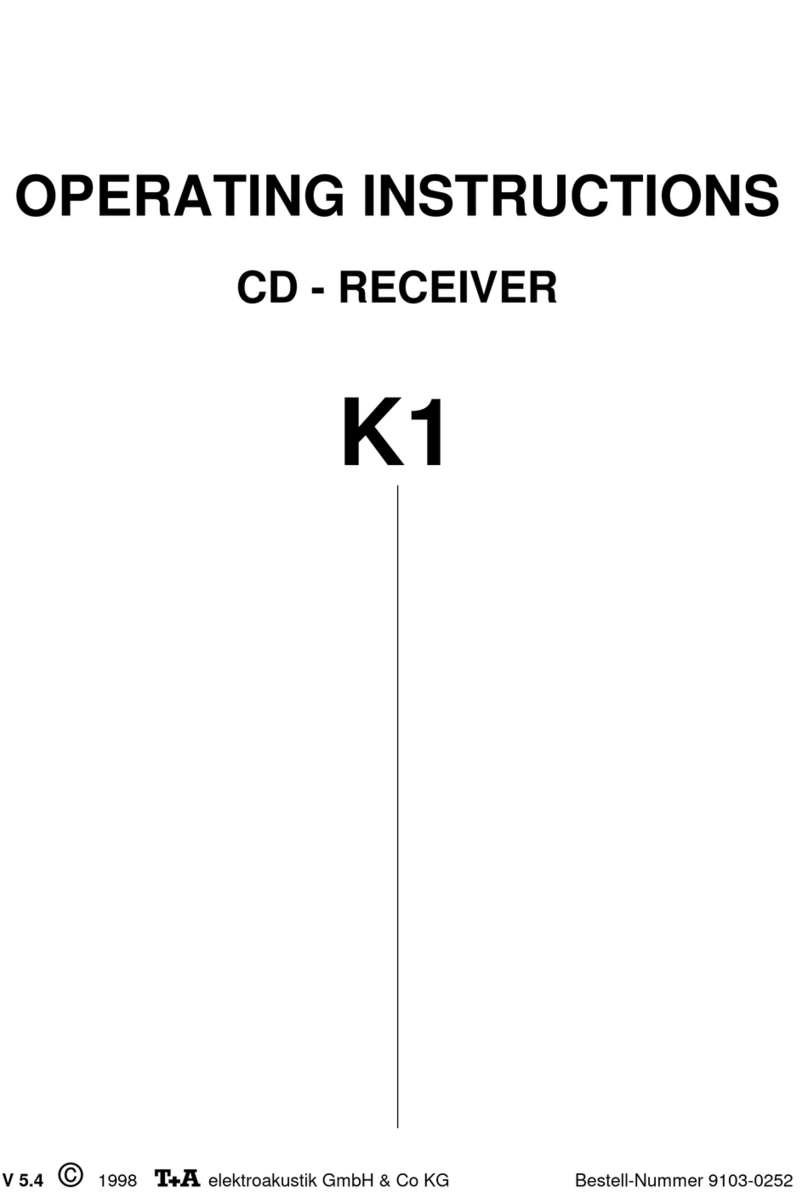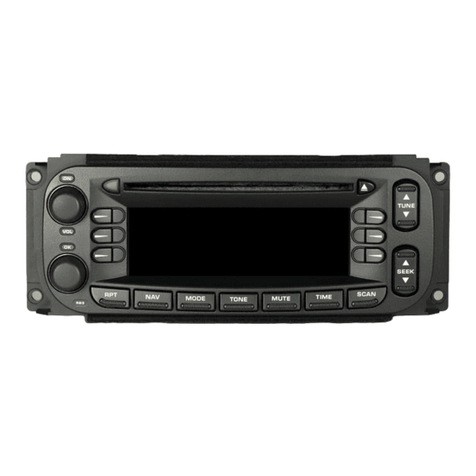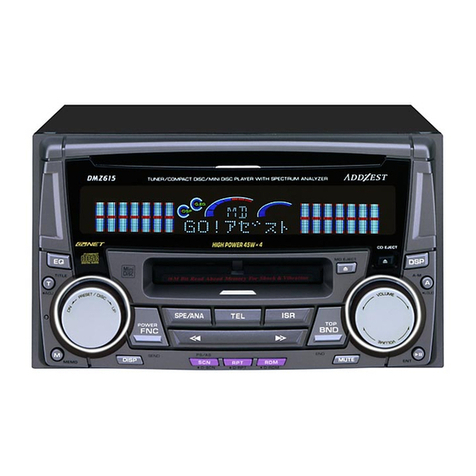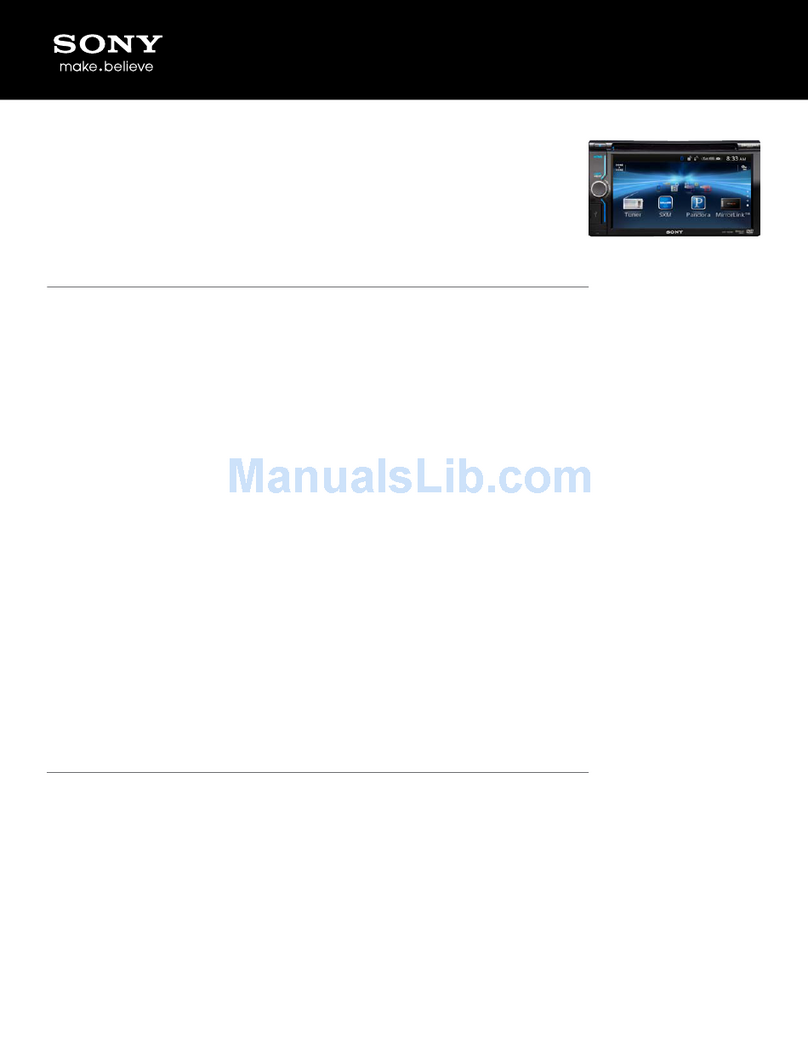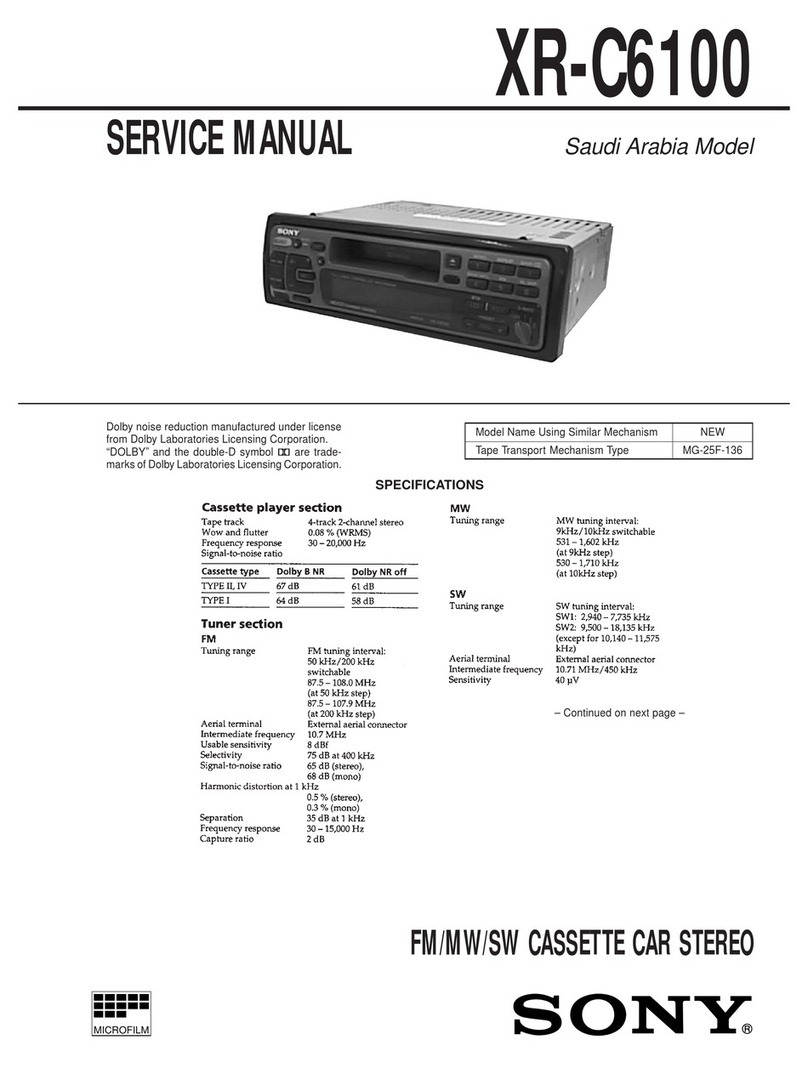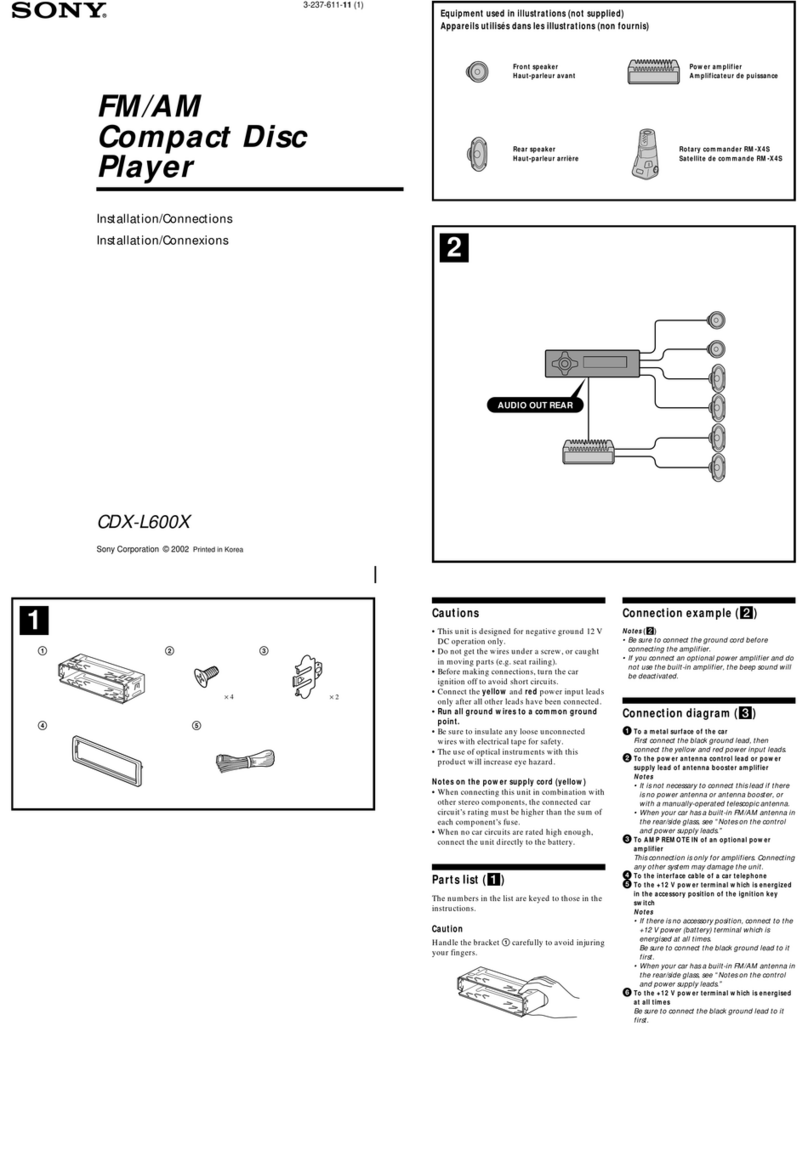
2
Table of contents
Page
1. Introduction..........................................................................................................................................................3
2. Description of symbols.........................................................................................................................................3
3. Intended use........................................................................................................................................................4
4. Delivery content...................................................................................................................................................4
5. Safety information................................................................................................................................................5
6. Features and functions ........................................................................................................................................6
7. Overview..............................................................................................................................................................7
8. Mechanical installation.........................................................................................................................................8
a) Installation into the radio recess....................................................................................................................8
b) Removal ........................................................................................................................................................9
c) DAB antenna .................................................................................................................................................9
9. Electrical connection..........................................................................................................................................10
a) Connecting the antennas............................................................................................................................. 11
b) Connecting the LINE outputs....................................................................................................................... 11
c) AUX port...................................................................................................................................................... 11
d) Connecting the speakers and the power supply..........................................................................................12
10. Operation...........................................................................................................................................................13
a) General operation........................................................................................................................................13
b) Menu settings ..............................................................................................................................................14
c) Using the DAB radio....................................................................................................................................17
d) Using the FM radio ......................................................................................................................................18
e) USB/memory card operation .......................................................................................................................20
f) Bluetooth®operation....................................................................................................................................22
11. Maintenance and cleaning.................................................................................................................................24
a) Changing the fuse .......................................................................................................................................24
b) Cleaning ......................................................................................................................................................24
12. Troubleshooting .................................................................................................................................................24
13. Declaration of Conformity (DOC).......................................................................................................................26
14. Disposal.............................................................................................................................................................26
15. Technical data....................................................................................................................................................27

